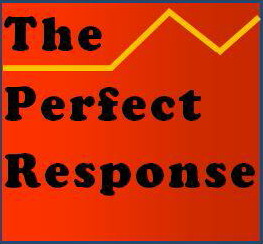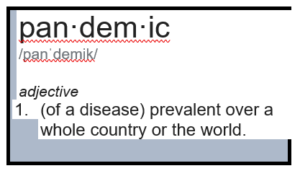An only child who had to oversee the passage of his parents, Christopher Buckley wrote about this lonely role with grace.
Many of us who struggle with the task of finding ways to give heat to ideas can usually point to favorites: cases where a writer has put the perfect image together to make his or her point. These passages are moments of rhetorical grace, sometimes represented by economy of style or an evocative image. Writers read partly to experience these moments. They add more fuel for the long slog of putting words on the page.

One personal favorite is from an unlikely source and subject. Christopher Buckley’s 2009 memoir of the last year of his celebrity parents is funny and wise on the demands of coping with the inevitable. In Losing Mum and Pup we see the conservative gadfly William F. Buckley Jr. and his socialite wife struggle to the end. An only child who had to oversee their passage through what his father often described as “this vale of tears,” Christopher also bore the role of keeper of the flame of their outsized legacies.
That the book could be characterized as a pleasure to read is a credit to his dry wit and effective storytelling. Humor and melancholy merge seamlessly. Among other things, his dad’s ability to cope with the death of his mother produces the kinds of serio-comic episodes that any caregiver with a sense of humor would recognize.
This is not just a memoir about wheelchairs and vacant faces. The younger Buckley has the good sense to understand the end of his parents lives mostly in terms of the consequential work done in their most productive years: Pat, in the upper stratosphere of New York museums and philanthropies, Bill in publishing and conservative politics. The senior Buckley had some awful views, but he was also a polymath with a wide collection of interests and talents.
Here’s a favorite passage seemingly about his father’s love of sailing, but also much more. It contains a wonderful image.
Pup was an avid sailor. He had learned to sail as a child in upstate Connecticut, on a not very large lake. Now we live on the Connecticut shore of Long Island Sound and kept a thirty-eight-foot wooden sloop. It was named Panic, a name my mother found all too apt. . . I now get that Pup’s greatness was of a piece with the way he conducted himself at sea. Great men always have too much canvas up. Great men take great risks. It’s the timorous soul—souls like myself—who err on the side of caution; who take in sail when they see a storm approaching and look for a snug harbor. Not my old man. Or as Mum used to put it, “Bill why are you trying to kill us?” Great men are also impatient. This particular aspect showed up most vividly in my father’s manner of docking his boats. Most people, when guiding, say a ten or twenty ton vessel toward a dock, approach slowly. Not my old man. His technique was to go straight at it, full speed. Why waste time? This made for memorable episodes.1
“Great men have too much canvas up.” It’s an apt image that seems completely faithful to the person who published the National Review. It was the perfect verbal image. Anyone who had observed Buckley on his Firing Line broadcasts or his work as a conservative essayist could also see the literal extended to the behavioral. Fearless sailing was typical of who the father was, even when he was heading in the wrong direction.
________________
1 Christopher Buckley, Losing Mum and Pup, Emblem Books, 2010., pp. 121-22.
![]()


